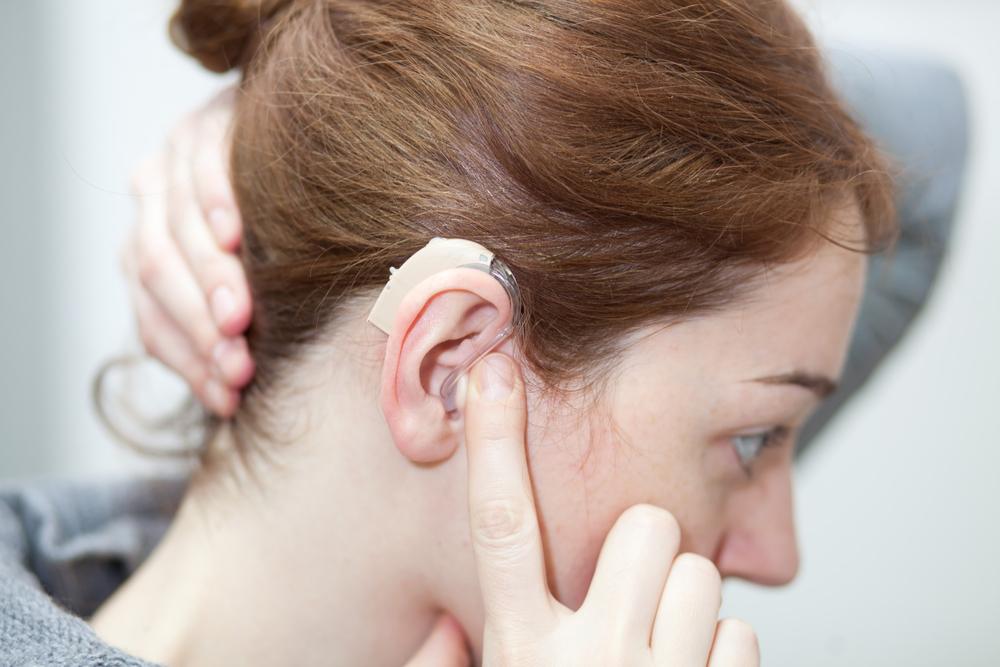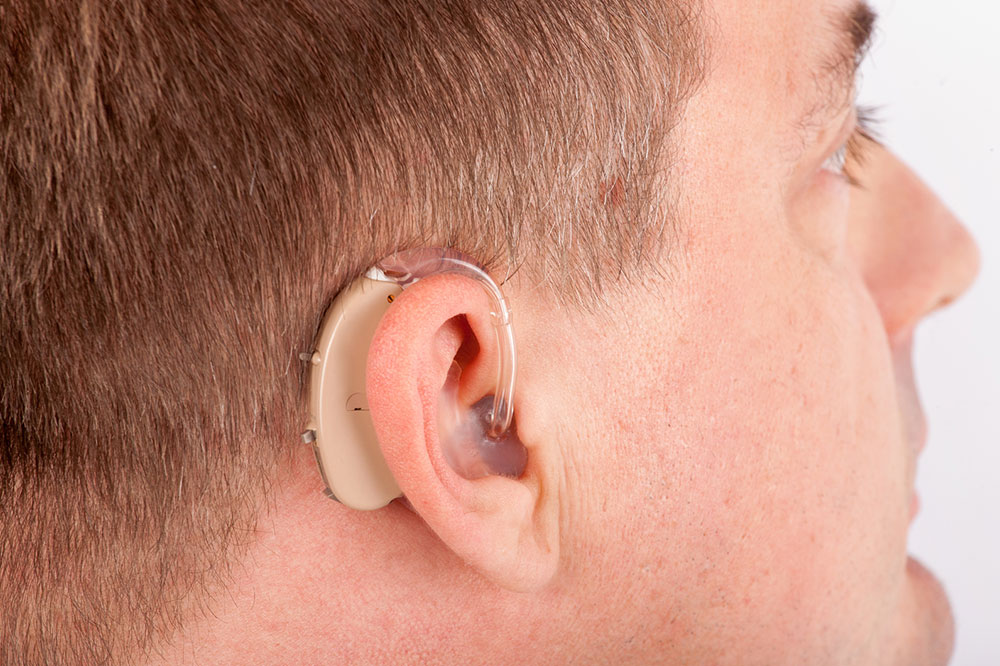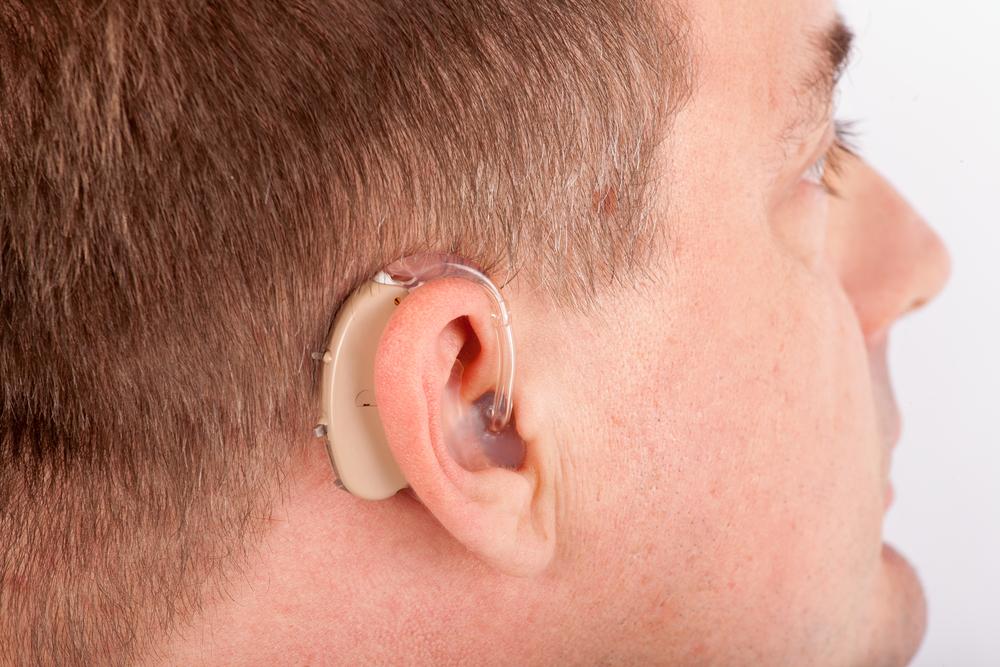Comprehensive Guide to Buying Your First Hearing Aid: Tips and Considerations
Discover essential tips for first-time hearing aid buyers. Learn about hearing assessments, choosing the right style, setting realistic expectations, and how modern technology can enhance your experience. This detailed guide covers everything you need to know to make an informed decision and improve your hearing health effectively.

Essential Tips and Key Considerations Before Purchasing Your First Hearing Device
Many individuals experience hearing difficulties at some point in their lives, yet often hesitate to seek help due to lack of awareness, stigma, or embarrassment. Hearing impairment can be a lifelong challenge, but with the right approach and proper devices, it is manageable and can significantly improve quality of life. The most common and non-invasive solution involves external devices known as hearing aids, which are designed to amplify sounds and improve auditory perception. Today's market offers a wide variety of hearing aid options, styles, and brands tailored to diverse needs, preferences, and budgets.
Before making a decision, consulting a certified audiologist is crucial. This ensures you select a device that truly meets your needs. Below are detailed and essential factors to consider when choosing your first hearing aid:
Thorough Hearing Assessment
An accurate and comprehensive hearing assessment is the foundation for choosing the right hearing aid. Hearing loss can vary considerably from person to person and even differ between ears. An audiologist conducts an in-depth evaluation, which is painless and typically involves basic tests to gauge the degree and type of hearing impairment. With these results, adjustments can be made to determine the ideal device power and fit, thus guaranteeing maximum comfort, clarity, and functionality. Modern hearing aids from reputable brands like Miracle Ear are custom-made based on these precise assessments, ensuring optimal performance.
Understanding the importance of a personalized hearing profile helps users achieve the best experience with their devices. Proper evaluation ensures that the hearing aid supplies adequate amplification without causing discomfort or distortion.
Identify Your Specific Needs
Recognizing the importance of hearing aids recommended by your audiologist can significantly improve daily life. Lifestyle considerations matter; for example, if you frequently attend noisy environments, you may require devices with advanced noise reduction features. Following your audiologist’s advice on protecting hearing health—such as avoiding exposure to loud noises and limiting earphone use—can prolong your natural hearing capacity and complement device use.
Seek Opinions from Multiple Experts
Don’t limit yourself to a single consultation. Consulting multiple professionals can offer fresh perspectives on your condition and clarify the best options available. This approach helps you compare different devices, their features, and prices, empowering you to make informed decisions. Many modern hearing aids are now compact, discreet, and designed to blend seamlessly into everyday life, making them less noticeable and more acceptable socially.
Complete Medical and Personal History
When consulting your healthcare provider, disclose your full medical history—past surgeries, medication use, and existing health conditions. This information is vital because underlying health issues can influence the cause of hearing loss and impact treatment choices. A detailed history helps the audiologist recommend a device tailored to your specific situation and can even suggest additional treatments if necessary.
Diversify Your Options: Types of Hearing Aids
Hearing aids come in a range of styles to suit different preferences, lifestyles, and degrees of hearing loss. The primary categories include:
In-the-ear (ITE): Fits completely inside the ear canal and is nearly invisible, suitable for mild to severe loss.
Behind-the-ear (BTE): Wears over the ear with a tube connecting to a custom ear mold, suitable for all types of hearing loss.
Completely-in-the-canal (CIC): Small, tucked deeply into the ear canal, discreet, ideal for mild to moderate loss.
Mini CIC: Slightly larger than CIC, offering more power but still discreet.
In-the-canal (ITC): Partially fits into the ear canal, suitable for those seeking a balance between size and functionality.
When choosing a style, consider comfort, aesthetic preference, and lifestyle needs. Many leading brands, including Miracle Ear, provide a comprehensive range of styles catering to various needs. Set Realistic Expectations
It’s essential to understand that hearing aids do not cure hearing loss—they are assistive devices that improve auditory perception. Some degree of impairment may remain, but technological advancements have dramatically increased the effectiveness of these devices. Your expectations should be aligned with the fact that devices enhance hearing clarity, especially in noisy environments, but may not restore hearing to its natural state.
Stay Open-Minded About Modern Technology
Contemporary hearing aids are small, stylish, and designed with discretion in mind. They incorporate cutting-edge features such as Bluetooth connectivity, rechargeable batteries, and smart noise filtering. These innovations make devices more user-friendly and seamlessly integrated into your daily routine, reducing stigma and encouraging consistent usage.
Build a Strong Support System
Living with hearing loss can sometimes be frustrating and challenging. Family members and loved ones can play a crucial role in providing emotional support, assisting with device management, and encouraging acceptance. Involving your support system from the beginning can enhance adaptation, improve usage, and ultimately lead to better hearing outcomes. Additionally, many manufacturers offer after-sales support, maintenance services, and user training to ensure your device functions optimally for years to come.





